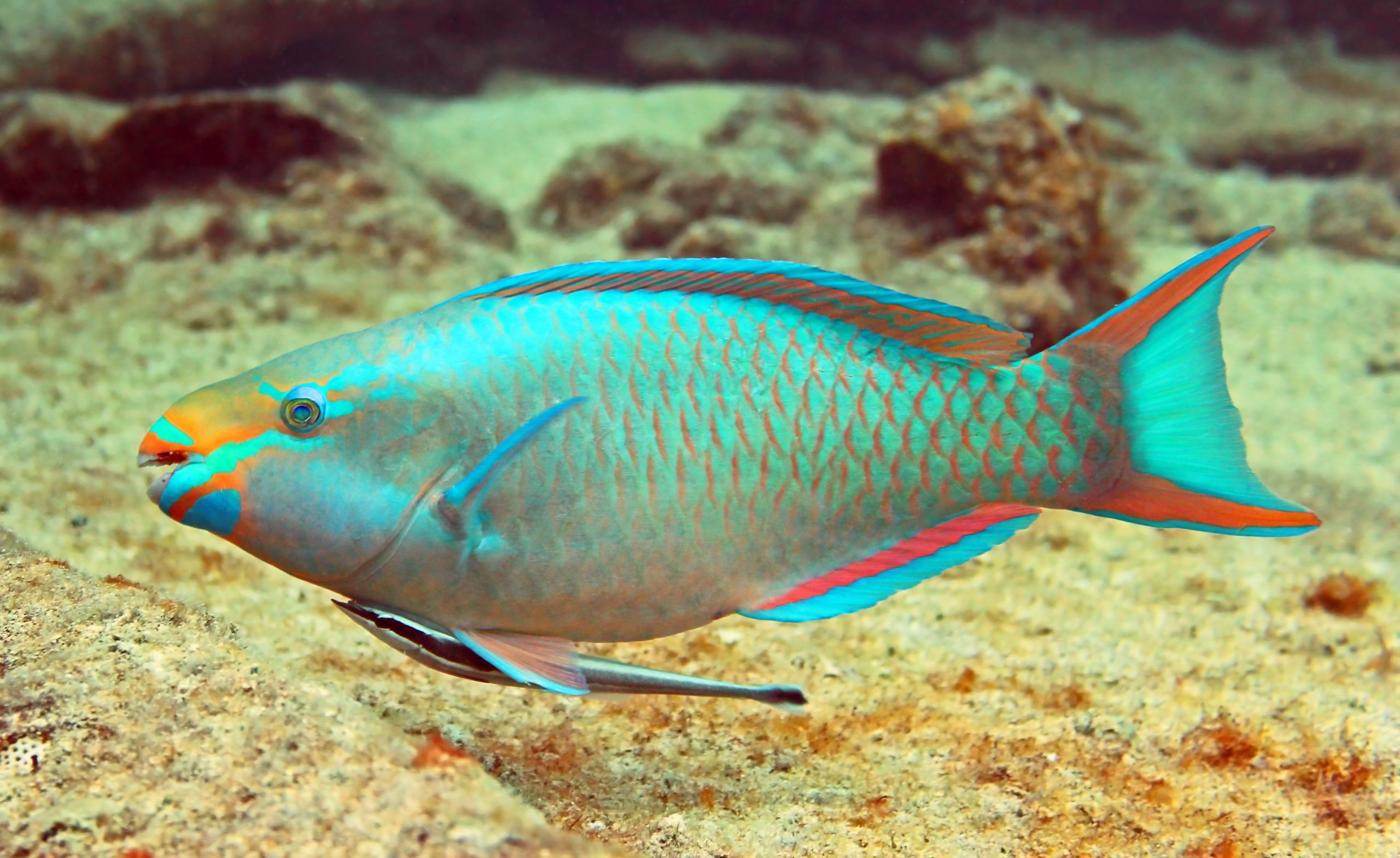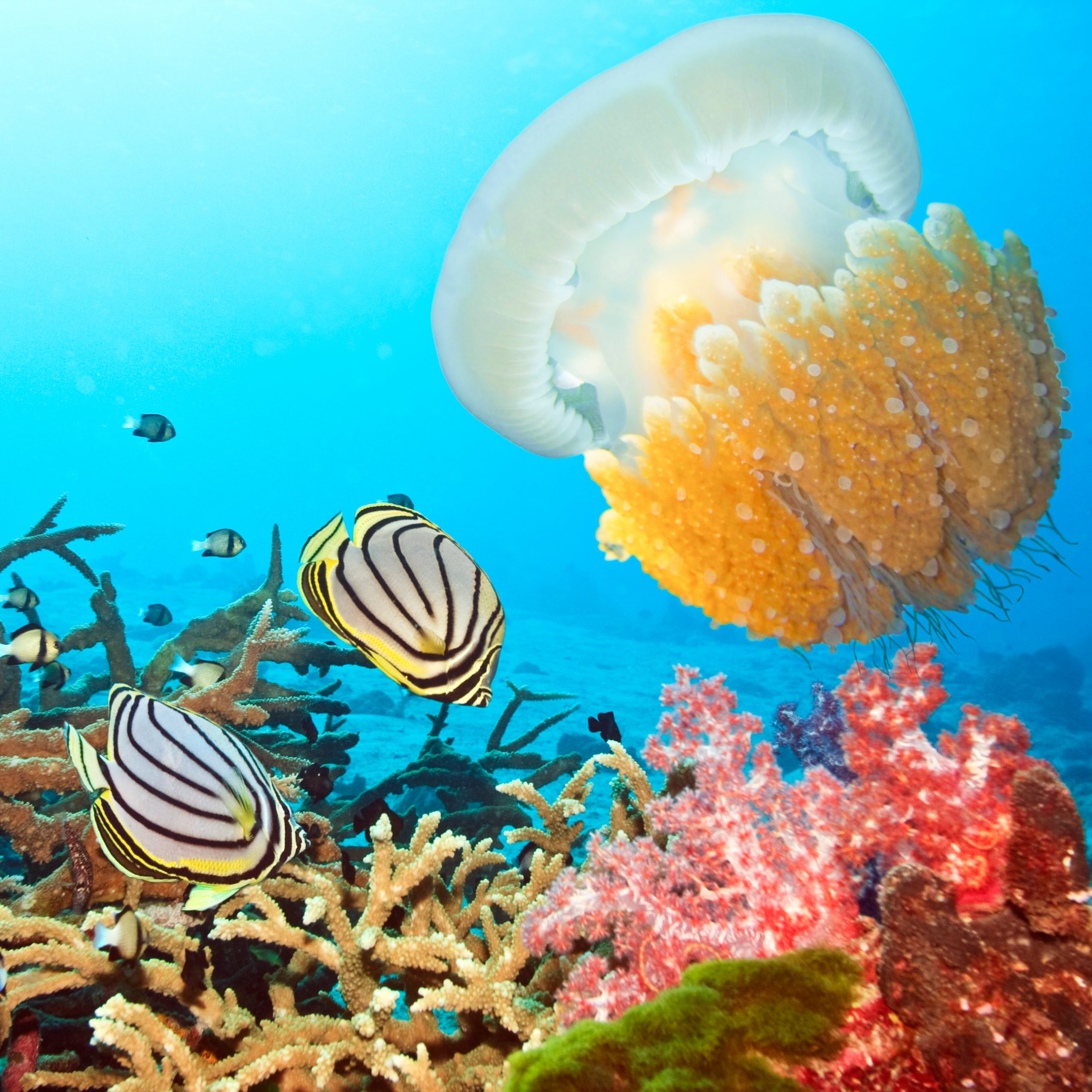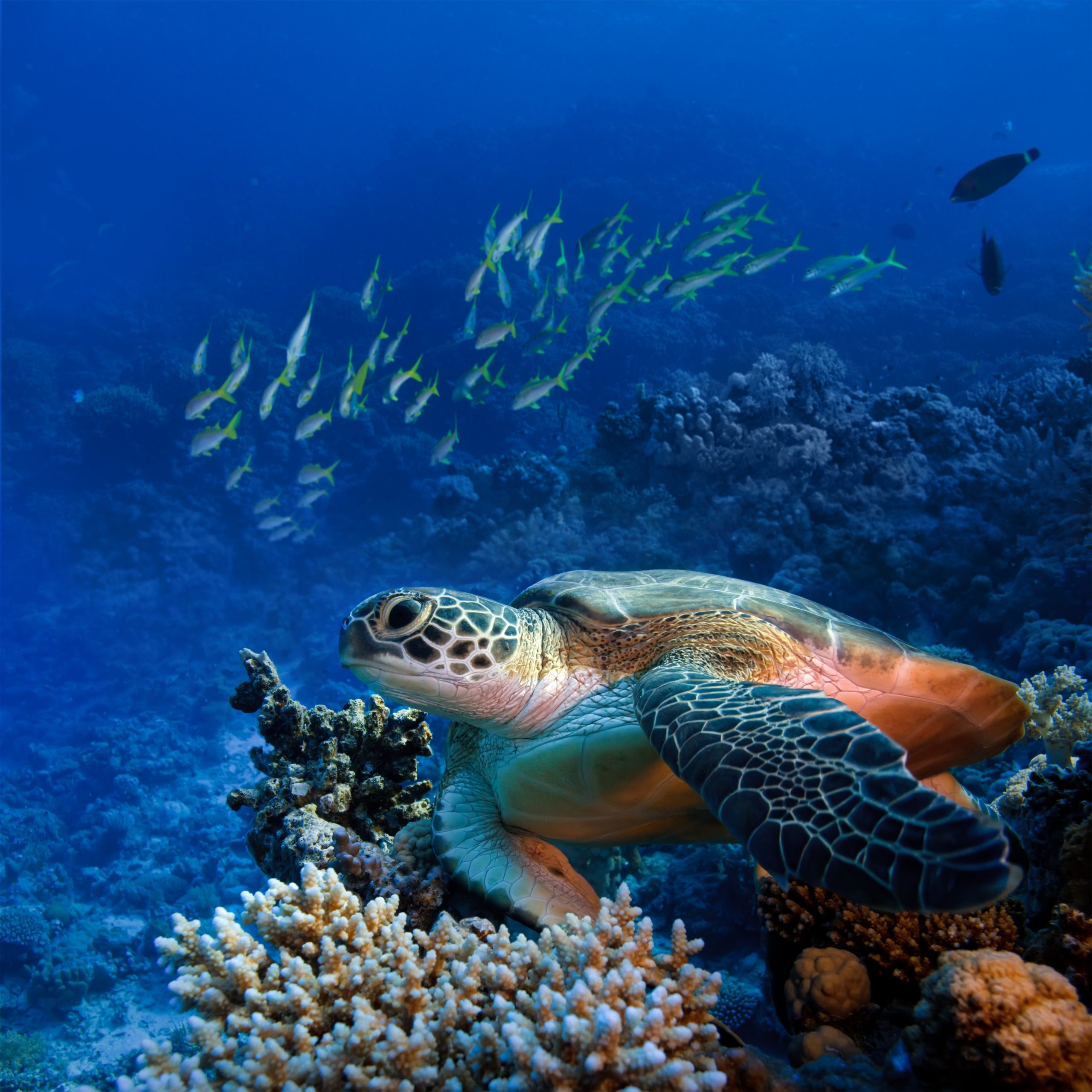Cuba is the home to the second largest coral reef in the world, after the Great Barrier Reef. What makes it even more spectacular is that it was not subject to commercial and overfishing, so they remained well intact. Imagine if you could splash around with the sharks and not get bitten! This has become a reality for explorers who are journeying through the beautiful reefs in Cuba. These little-explored areas give travelers an up close and personal experience with the curious creatures of the seas as they not yet learned for fear humans.
As you can imagine, there are countless underwater photography subjects on coral reefs. The marine creatures that call the reefs their home – like sharks, turtles, lobsters, various fish, the beautiful coral gardens, reef slopes, sea grass and rock formations themselves can also result in breath-taking and colourful shots. That is, if you do it right. So how do you best capture these vibrant coral reefs?

First must have for an amazing underwater shot is a comfortable and competent diver as cameras take a lot of your attention underwater away from your buddy, dive computer and remaining air pressure. If you’re an experienced diver keeping an eye on those comes naturally. Underwater photography will require you to be at ease keeping up with all that’s going on as well as taking the time to create the perfect shot.
Like we mentioned with birding photography, the camera itself isn’t that important. It’s all in the techniques and the lenses that matter most.
Now let’s consider some of those…

Lighting
Whilst we can dive as far as 30m or even more in some areas, you have to remember that certain colors will start to fade under water, so keep in mind that light is most abundant close to the surface due to the sun hitting the reef directly. Therefore, shallower waters may provide lot better opportunities for capturing amazing reef shots. In shallow reefs, you can also use the surface for ripple effects or reflections in your images, depending on the conditions of the water.
When there is a lot of natural light, keep your artificial lighting low, as extra lights could result in strange colour changes if you’re adjusting your white balance and exposure settings manually. For darker conditions, it’s better to keep your white balance settings on auto.

Do your research
When you come on a tour with us, we will provide you information. Your tour guide is also an experienced and enthusiastic diver himself so can answer your questions before during and after your trip, but we’d still encourage you to do your own research as well. Each reef have a variety of elements you may see, things like hard coral, soft coral, rock formations (such as the ‘Grand Canyon’ in the Cuban reef), seagrass beds, sea sponges and more. You’ll be able to capture the untouched, colourful, underwater wilderness through your lens..
Healthy reefs with bright red, pink and orange colours contrast beautifully with the blue water around the reefs. Keep a focus on them, rather than get distracted by other divers. Or use them as a bcakdrop for the marine creatures living on the reef – such us your seahorses, starfish, crabs, lobsters, turtles and more.

Wide-angle
Wide-angle photography is fantastic for reefscapes from farther away. With wide-angle, you’ll capture more of the reef you’re diving in, may be even catch some sea creatures passing by. If you’re shooting wide-angle photos, you’ll need an ultra-wide fisheye lens. This type of lens distorts the straight lines in the scene, which is OK as there is no horizon that needs to remain straight. Having a slightly warped effect actually adds a creative and striking visual effect to your photographs.
Macro
We are a fan of getting up close and personal with the marine life and lucky for you the fish aren’t to skittish in the Caribbean waters and there are over 50 species to coral and over 200 species of sponges to discover!
When taking detailed shots of these beauties, general macro photography rules apply. Firstly, use a macro lens (easy). Secondly, get as close to the subject as you can without damaging the coral or marine life. Lastly, use manual focus and the correct exposure settings on your camera to get the best shots. And definitely keep the principles of good photographic framing and composition in mind.

Most importantly…
Protect the reef! Our marine ecosystems are fragile. So, be aware of using sunscreen that is safe (or none at all), ensure you do not leave anything but bubbles behind. Be aware of where your fins are when you’re kicking, and don’t let your scuba equipment drag over or catch onto any part of the reef.
We’d love to see your coral reef photos become works of art, which is why we provide outstanding underwater photography experts on our trip. Imagine being able to spread the word of the beauty about these uncharted waters and importance of protection of our marine life. Imagine making a difference!


